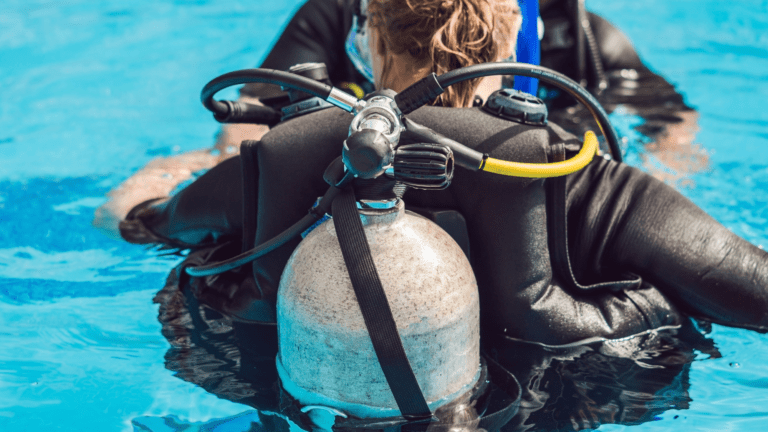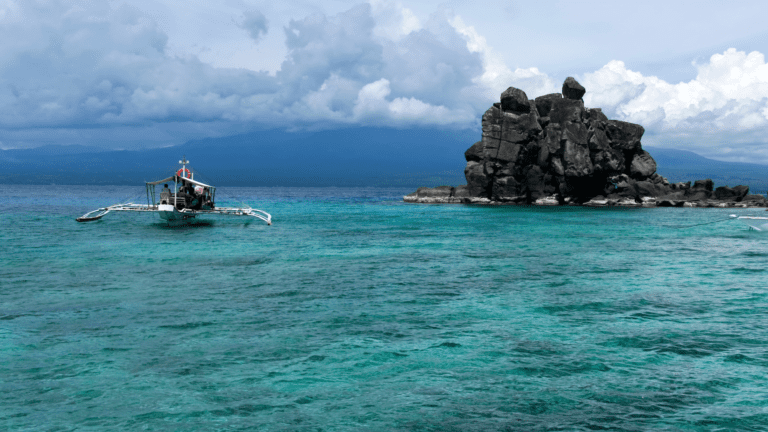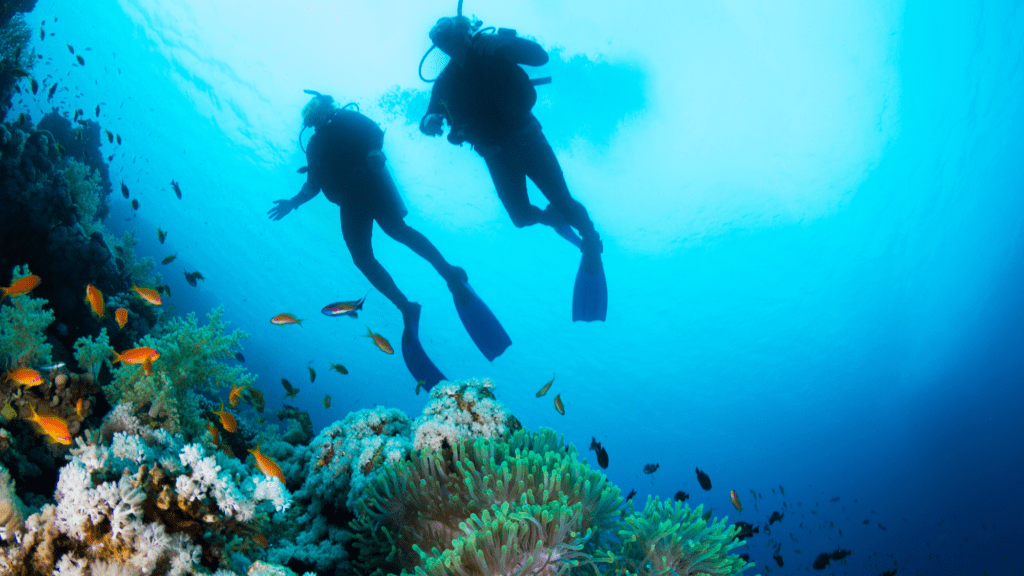Scuba diving opens up an incredible underwater world, but even experienced divers can make simple mistakes that impact safety, comfort, and overall enjoyment. Here’s a guide to help you avoid common scuba diving mistakes and ensure every dive is safe, efficient, and enjoyable.
1. Skipping Pre-Dive Gear Checks
Many divers, especially those with experience, sometimes skip thorough equipment checks before diving. Overlooking small issues like loose straps or a leaky mask can lead to uncomfortable and even dangerous situations underwater.
Avoid the Mistake: Make sure to take time for a pre-dive inspection. Check your mask for a proper fit, test your buoyancy compensator device (BCD), and confirm your air levels and regulator function.
2. Adding Too Much Weight
Overweighting is a common mistake that affects buoyancy control, making your dive more tiring and less enjoyable. Extra weight can make it hard to maintain neutral buoyancy and increase energy use.
Avoid the Mistake: Conduct a buoyancy check in shallow water to ensure you’re at the right weight. Adjust your weights based on your equipment and exposure suit.
3. Losing Track of Air Supply
Getting lost in the underwater sights is easy, but neglecting your air levels can lead to emergencies if you’re not mindful.
Avoid the Mistake: Check your air gauge regularly, every 5–10 minutes, especially at deeper depths. Establish a habit of surfacing with at least 500 PSI (or 50 bar), allowing for a safe ascent and a potential safety stop.
4. Failing to Follow a Dive Plan
Ignoring a dive plan or diving without one can be risky, even for seasoned divers. Conditions like current and visibility can change unexpectedly, making an unplanned dive unpredictable.
Avoid the Mistake: Outline your dive, including maximum depth, bottom time, and navigation. Agree on a dive buddy system and use clear hand signals. Having a set plan helps maintain control and confidence throughout your dive.

5. Rushing Your Descent or Ascent
Rapid descents and ascents increase the risk of ear injury and decompression sickness. Diving at a steady pace is crucial for safe pressure equalization.
Avoid the Mistake: Descend slowly, equalizing your ears every meter, and ascend at a rate of about 30 feet (10 meters) per minute. Always include a safety stop at 15 feet (5 meters) for three minutes to off-gas nitrogen effectively.
6. Breathing Too Shallowly or Quickly
Shallow or rapid breathing can drain your air supply faster and affect buoyancy. Proper breathing techniques help conserve air and reduce anxiety.
Avoid the Mistake: Practice diaphragmatic breathing, inhaling deeply and exhaling slowly. Controlled, deep breaths help conserve air, enhance relaxation, and improve overall buoyancy control.
7. Ignoring Dive Site Conditions
Dive conditions like currents, water temperature, and visibility vary, and diving without understanding these factors can lead to unexpected challenges.
Avoid the Mistake: Research the site and check conditions on the day of the dive. Talk with local guides or instructors to understand potential hazards. Adjust your dive plan to suit the conditions for a safer, more enjoyable experience.
8. Neglecting Hydration and Nutrition
Scuba diving can dehydrate the body, and low hydration levels may lead to fatigue and cramps. Eating properly before a dive provides the energy needed for underwater activity.
Avoid the Mistake: Hydrate well in advance of your dive and eat a balanced meal with complex carbohydrates, lean protein, and healthy fats. Avoid caffeine and alcohol, which can dehydrate you.
9. Overdoing It with Consecutive Dives
Doing multiple dives in a short time without enough surface intervals can lead to fatigue and increase the risk of decompression sickness.
Avoid the Mistake: Schedule breaks of at least 60 minutes between dives, listen to your body, and don’t push yourself too hard. Allowing ample rest between dives keeps you alert and ready for the next one.

10. Choosing the Right Dive Location
Selecting a site suited to your skills and preferences can make a world of difference. Beginner divers may find strong currents or deep waters overwhelming, while advanced divers might seek out these conditions.
Avoid the Mistake: Choose destinations that match your experience and dive goals. Some popular dive spots in the Philippines include Puerto Galera, Batangas, and Palawan, each offering diverse conditions. Consider factors like depth, marine life, and water conditions to select the perfect site.
11. Skipping Ear Equalization
Not equalizing regularly can lead to ear pain or injury. Some divers wait too long to equalize, causing discomfort that can ruin the dive.
Avoid the Mistake: Equalize early and often by gently blowing while pinching your nose to balance pressure in your ears. Practicing this technique before diving makes it easier to perform during descent.
12. Forgetting Post-Dive Gear Care
Neglecting to clean your gear after a dive can shorten its lifespan. Salt, sand, and other residues can cause corrosion or blockages.
Avoid the Mistake: Rinse all equipment thoroughly with fresh water, especially the regulator, BCD, and mask. Let it dry in the shade, as direct sunlight can degrade materials. Proper maintenance keeps your gear in top shape for future dives.
Experience Comfort and Convenience at Casalay Boutique Villas & Dive Resort
For a diving experience that emphasizes convenience and comfort, Casalay Boutique Villas & Dive Resort offers PADI-certified dive courses and custom dive packages to suit all experience levels. Located in Sitio Dalaruan, Puerto Galera, Casalay has everything you need to make your dive trip seamless and memorable. As an added bonus, their luxurious villas provide the perfect place to recharge after a long day of exploring underwater.!
Summary
Scuba diving is fun and memorable, but simple mistakes can detract from the experience. By taking the time to avoid common pitfalls, you’ll be more prepared and confident on each dive. Dive smart, stay safe, and enjoy every moment underwater!
Author: Zach Yanuario


